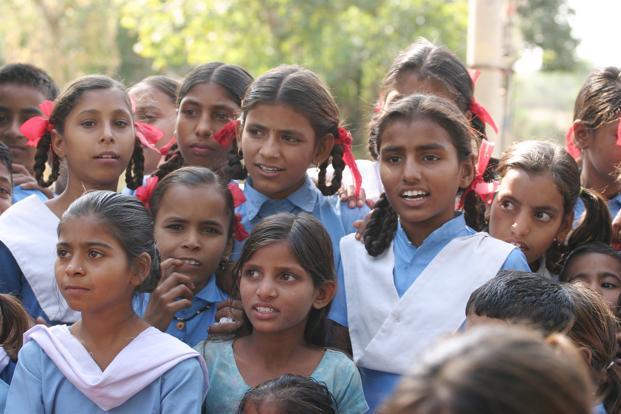
This article was first published in the Mint on August 25, 2017.
According to the Annual Status of Education Report (ASER) 2013, though the percentage of usable toilets for girls in schools have increased from 32.9% in 2010 to 53.3% in 2013, there are still 47% schools in India that do not have separate toilets for girls.
According to the same report, 49.3% of all school children drop out before they reach Grade X. Among girls, this number is 47.9%.
While there are several reasons — mostly those with roots in our patriarchal culture — that lead to high drop-out rates among girl students, one major reason is sheer insensitivity of our society towards the hygiene and sanitation needs of its sisters, daughters, mothers and wives.
As soon as a girl begins menstruating, her hygiene and sanitation needs increase. She needs access to sanitary napkins or its equivalent, she needs access to toilets, and she needs access to water, preferably running. These needs must be met even at schools to ensure students feel comfortable attending their lessons. For this purpose, availability of separate toilets for girls and boys was listed as a compliance requirement under the Right to Education (RTE) Act of 2010. However, not much has changed in the last seven years.
From the many visits I have made to government schools across the country, I have identified 10 kinds of toilet facilities that may be available to students across India’s 1.4 million government schools. (1) Schools with no provision for a separate toilet for girls. (2) Separate but non-functional toilets for girls and boys. (3) Toilets without doors. (4) Toilets with doors but no water. (5) Toilets with door and water but no flush system. (6) A physical space with four walls but no roof or commode. (7) A toilet used only by teachers. (8) A toilet space used by the kitchen staff to store grains for mid-day meals. (9) A toilet space that has been turned into a shelter for goats. (10) A non-functional toilet used by children to play hide and seek.
And so, the state of lack of proper toilets for girls in schools or lack of public toilets for women is not only pathetic and abysmal but shows the apathy of people at the policy, bureaucratic, management and administrative levels.
It is no hidden fact that when girls drop out of school at an early age, they are less likely to return to education, leaving them vulnerable to early marriage. In fact, UNICEF states that girls who remain in secondary school are six times less likely to marry young.
Though there is no direct relation between periods and technology, the latter can be, and should be, leveraged as a tool to ensure better experiences/facilities for girl students in schools. How can this be done? Firstly, we need to understand that ‘digital’ as a medium is no magic wand. However, it can be used as a musician’s baton at the administrative and policy level to guide institutions to comply with RTE. Secondly, we need to understand the power of a smartphone for administrative purposes even at the last mile.
Let me share with you the example of an app developed by the Madhya Pradesh government. GIS@School is an app implemented by the state across all its 125,000 government schools. The crowd-sourced Android-based mobile app allows students, teachers and government authorities to capture geo-tagged and time-stamped photographs and information about existing, non-functional and missing infrastructure or amenities — such as drinking water, separate toilets for boys and girls, clean kitchen for mid-day meals and boundary wall, among others — to ensure schools comply with the various provisions of RTE.
Why can’t all states efficiently and effectively introduce an integrated app like this in their states, where persons responsible for spot checks can assess compliance with RTE by taking geo-tagged pictures of facilities provided and capturing data of missing infrastructure in real time? This can help authorities receive information on status of availability and functionality of toilets in schools, besides other facilities like drinking water and teachers’ attendance. An integrated dashboard will be able to show the number of functional toilets, reasons for non-functional toilets, and even allow the administration to assign staff to look into the matter to ensure RTE compliances are met at all schools in a timely manner.
This simple digital intervention can directly make an incremental impact on the education of girls who are often discouraged from attending school—due to their own discomfort or on account of their mothers’ advice—once they start menstruating.
A simple smartphone is capable of ensuring equitable access to facilities, challenging patriarchal insensitivity and facilitating gender equality because periods should not be allowed to put a period to women’s education.









